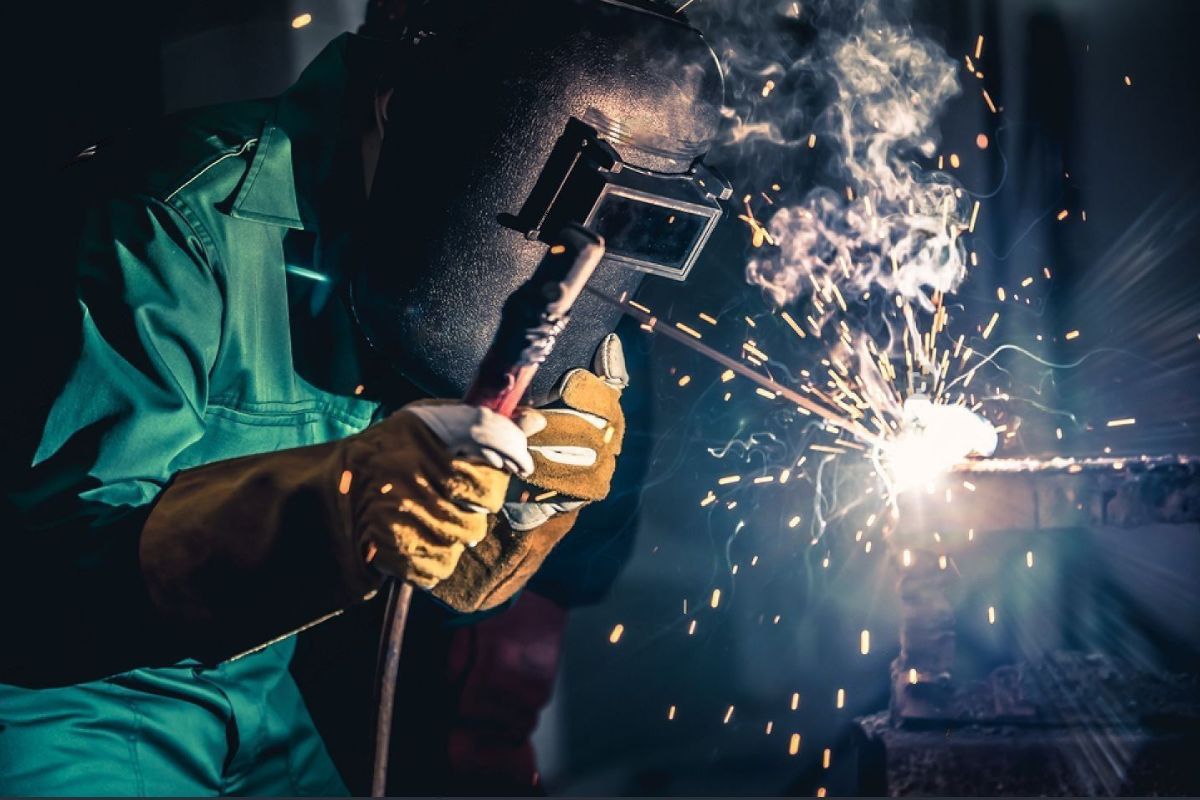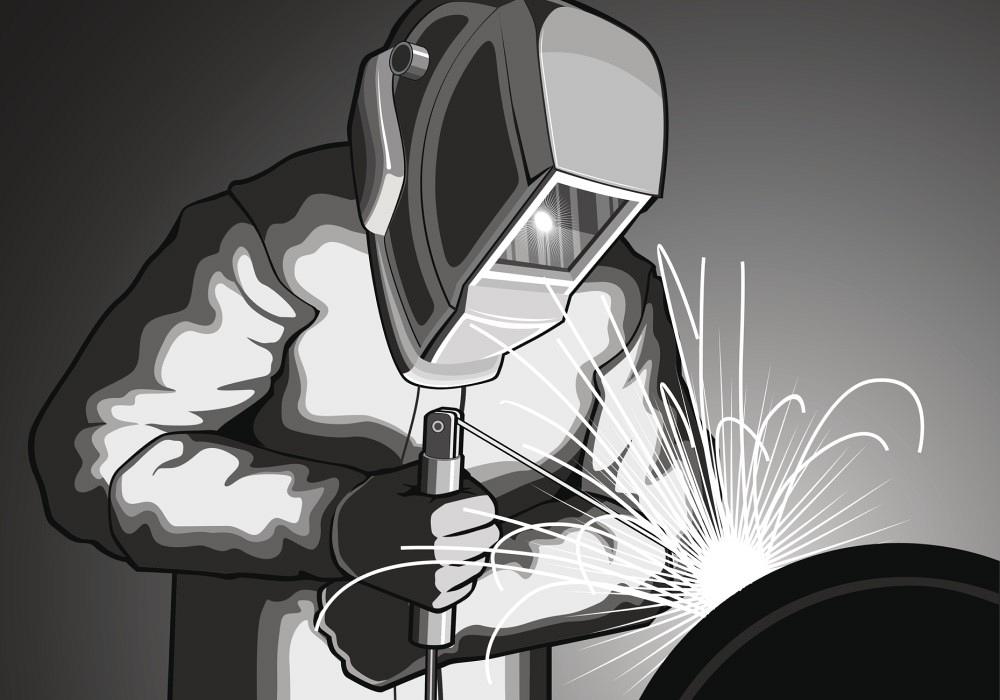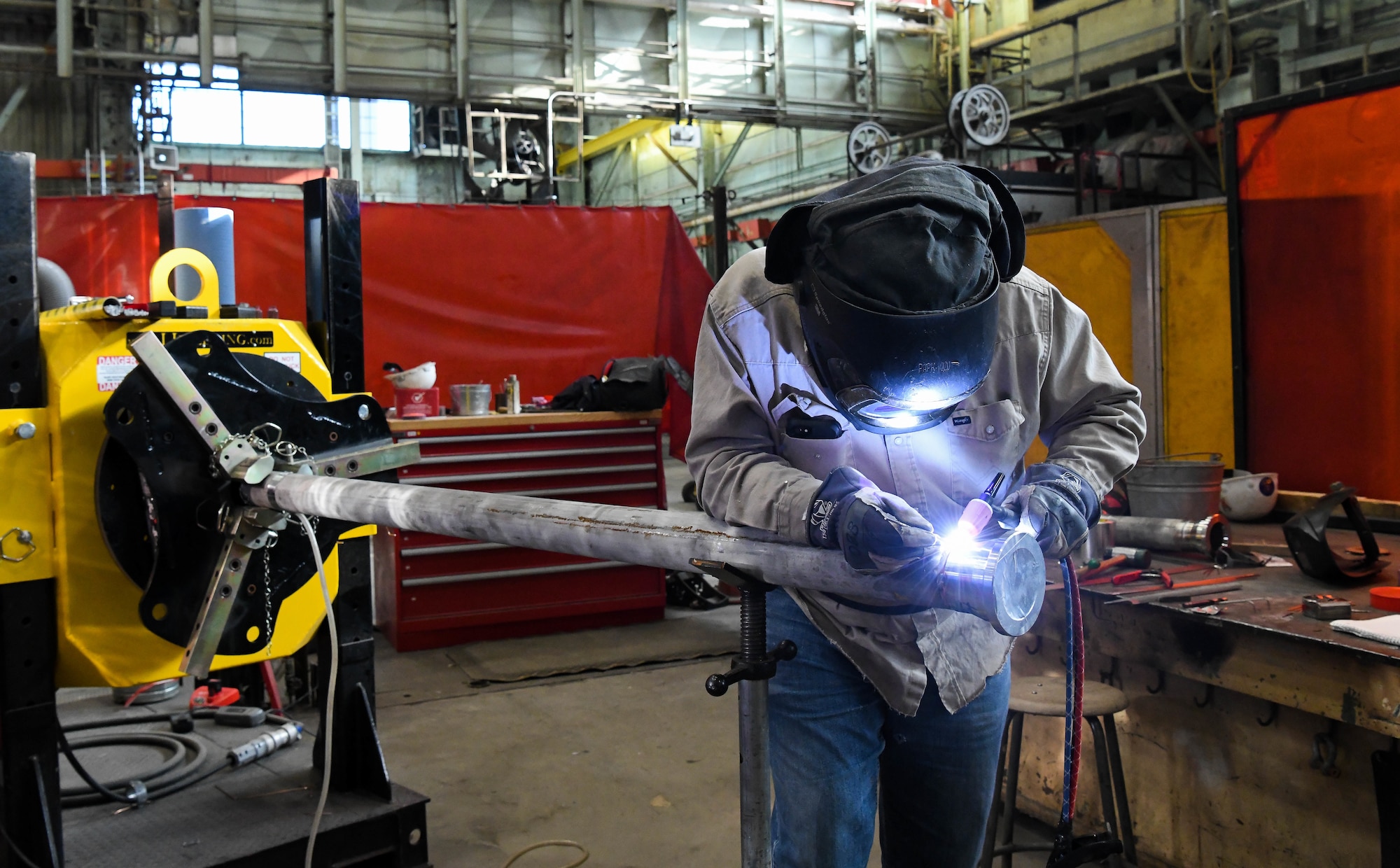Welding WPS Explained: Trick Elements and Perks for Your Welding Processes
Welding WPS Explained: Trick Elements and Perks for Your Welding Processes
Blog Article
The Ultimate Overview to Welding WPS Procedures: A Thorough Overview for Welders
In the elaborate globe of welding, Welding Treatment Specifications (WPS) act as the foundation of ensuring quality, uniformity, and safety in welding procedures. Understanding the subtleties of creating, implementing, and keeping track of WPS treatments is crucial for welders aiming to boost their craft and meet sector requirements. As we dig right into the various parts of a WPS and explore the ins and outs of certification and qualification, we will uncover the crucial role these treatments play in the world of welding. Allow's get started on a journey to unravel the intricacies and significance of WPS procedures in welding practices.
Significance of WPS Procedures
Recognizing the relevance of Welding Procedure Requirements (WPS) treatments is essential for making certain the high quality and integrity of bonded structures. WPS treatments work as a roadmap for welders, laying out the needed steps, specifications, and materials required to achieve a sound weld. By adhering to WPS guidelines, welders can make certain consistency in their job, leading to structurally sound and reliable welds.
One of the key factors why WPS procedures are important is their function in keeping weld quality and honesty. Adhering to the defined welding criteria and methods described in the WPS aids protect against issues such as porosity, splitting, or incomplete combination, which can endanger the toughness and durability of the weld.

Components of a WPS
A Welding Treatment Specification (WPS) usually makes up important components that information the specific demands for implementing a weld, ensuring uniformity and quality in the welding procedure. The key parts of a WPS consist of necessary variables such as base steels, filler metals, interpass and preheat temperatures, welding procedures, protecting gases, welding positions, and post-weld warmth therapy requirements.
Base steels describe the products being joined, while filler steels are used to fill the void between the base metals throughout welding. Preheat and interpass temperature levels are crucial for managing the warm input and avoiding concerns like splitting or distortion. The welding procedure details the specific technique to be utilized, whether it's gas metal arc welding (GMAW), secured steel arc welding (SMAW), or another technique. Securing gases protect the weld swimming pool from atmospheric contamination. Welding settings specify the alignments in which welding can be performed. Post-weld warmth therapy may be essential to alleviate stress and anxieties and enhance the weld's buildings. An extensive understanding of these elements is vital for producing a effective and comprehensive WPS.

Credentials and Qualification
Having developed the crucial components of a Welding Treatment Requirements (WPS), the emphasis currently moves in the direction of the critical aspects of credentials and qualification in welding techniques.

Certification, on the other hand, is the official recognition of a welder's certifications by an appropriate certification body or organization. Welding accreditations are normally based upon the specific welding procedures, products, and settings a welder is certified to collaborate with. Holding a valid welding accreditation demonstrates that a welder satisfies market criteria and is experienced to perform welding jobs to the required requirements.
Creating a WPS
To develop a Welding Procedure Specification (WPS) that fulfills market standards, cautious factor to consider of welding procedures, materials, and operational criteria is important (welding WPS). The very first step in producing a WPS is to identify the welding process to be utilized, such as gas metal arc welding (GMAW) or shielded metal arc welding (SMAW) Once the welding procedure is determined, the following critical facet is selecting the suitable materials, taking into consideration factors like base metal kind, density, and joint design. Operational specifications such as welding current, voltage, traveling rate, and shielding gas composition must likewise be diligently specified in the WPS.

Executing and Keeping Track Of WPS
Upon completing the thorough Welding Procedure Specification (WPS) that thoroughly details welding procedures, materials, functional criteria, and quality control measures, the focus changes to efficiently carrying out and monitoring the well-known procedures. Implementation involves guaranteeing that all welders associated with the job are familiar with the WPS and follow it diligently during the welding procedure. This requires offering appropriate training and supervision to guarantee adherence to the defined treatments. Keeping track of the WPS involves continuous oversight to verify that welding activities line up with the documented specifications. Inspections, testing, and quality assurance steps are necessary parts of the tracking procedure to recognize any discrepancies or concerns without delay. Regular audits and evaluations of the welding treatments assist in keeping consistency and top quality throughout the project. Efficient application and surveillance of the WPS are vital for making sure the integrity, strength, and security of the bonded joints, inevitably adding to the total success of the welding project.
Conclusion
In final thought, understanding and complying with Welding Procedure Requirements (WPS) is crucial for welders to ensure high quality, consistency, and visit the site safety and security in their job. By recognizing the elements of a WPS, getting proper credentials and accreditations, producing thorough treatments, and implementing and checking them efficiently, welders can boost their abilities and efficiency in welding practices. Sticking to WPS procedures is necessary for producing premium welds and meeting industry requirements.
In the intricate globe of welding, Welding click here for info Treatment Specs (WPS) offer as the foundation of guaranteeing top quality, uniformity, and security in welding procedures. The welding procedure lays out the particular technique to be used, whether it's gas steel arc welding (GMAW), protected steel arc welding (SMAW), or an additional approach.To create a Welding Treatment Specification (WPS) that meets market requirements, careful consideration of welding processes, products, and operational specifications is important. The very first step in creating a WPS is to identify the welding procedure to be utilized, such as gas steel arc welding (GMAW) or secured steel arc welding (SMAW)Upon completing the detailed Welding Treatment Spec (WPS) that meticulously details welding processes, materials, functional parameters, and top quality assurance procedures, the focus moves to successfully implementing and checking the recognized treatments.
Report this page